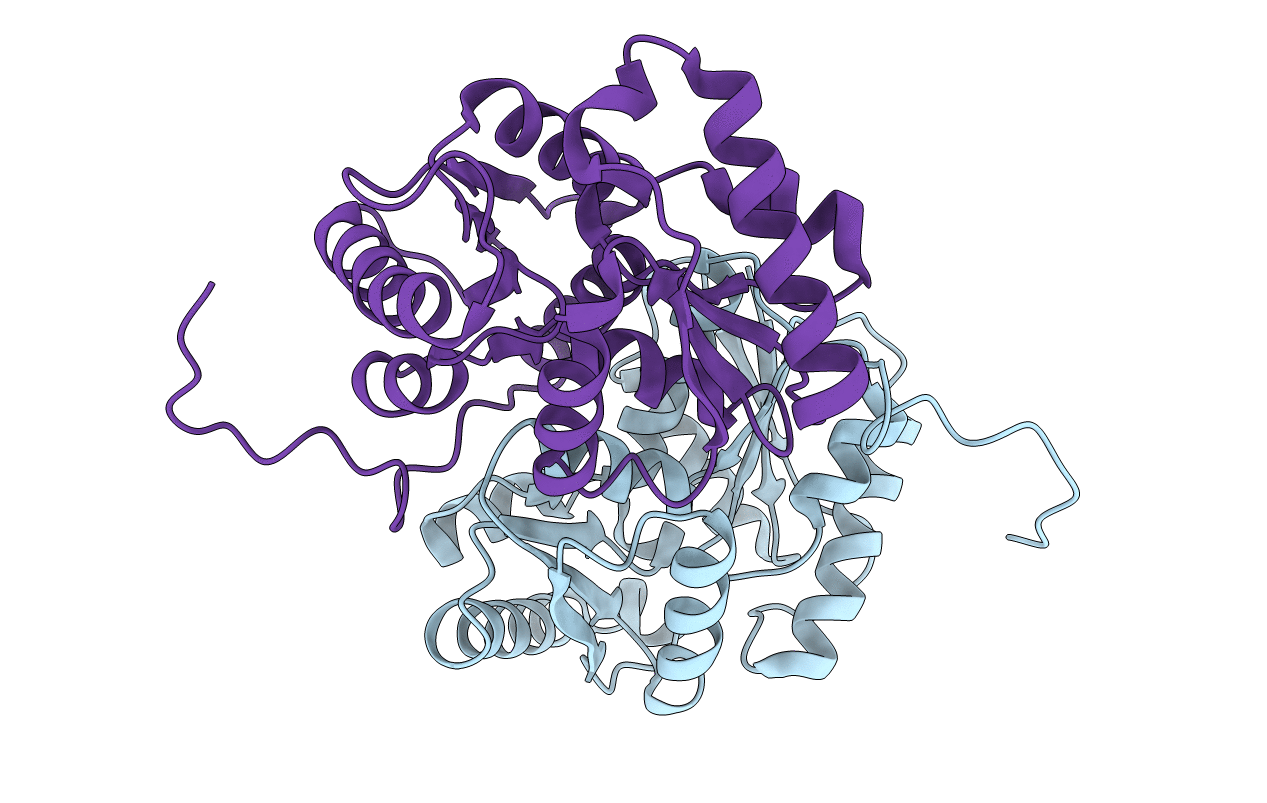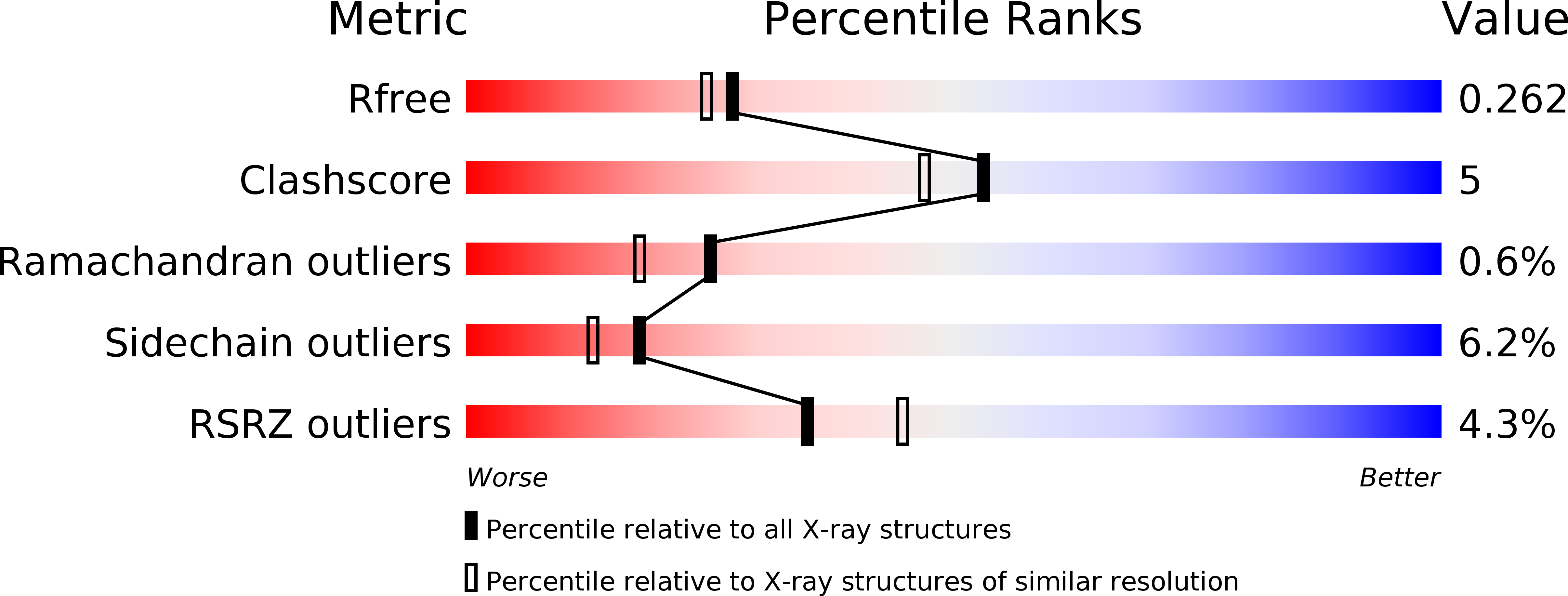
Deposition Date
2016-07-01
Release Date
2017-05-10
Last Version Date
2024-01-10
Entry Detail
PDB ID:
5LFD
Keywords:
Title:
Crystal structure of allantoin racemase from Pseudomonas fluorescens AllR
Biological Source:
Source Organism:
Pseudomonas fluorescens (Taxon ID: 294)
Host Organism:
Method Details:
Experimental Method:
Resolution:
2.15 Å
R-Value Free:
0.26
R-Value Work:
0.20
R-Value Observed:
0.20
Space Group:
P 21 3


